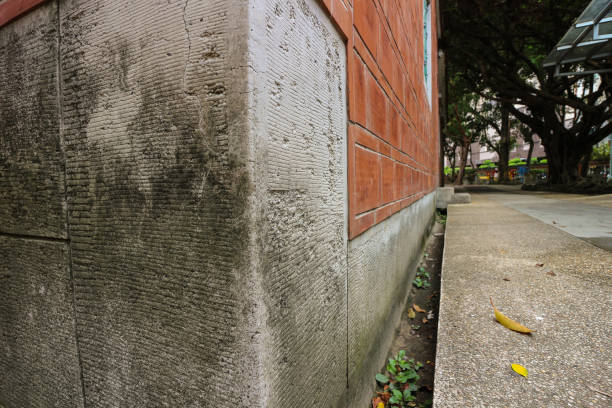
In Litchfield Park, Arizona, stucco is a prevalent exterior finish, valued for its durability and aesthetic appeal. However, homeowners often notice their stucco becoming wet after rainfall or irrigation. Understanding when this moisture is harmless and when it indicates a problem is crucial for maintaining your home’s integrity.
Key Takeaways
- Wet stucco after rain is normal; persistent dampness may signal issues.
- Signs like cracks, discoloration, or mold suggest water intrusion.
- Prompt professional assessment can prevent extensive damage.
When Is Wet Stucco Normal?
Stucco’s porous nature allows it to absorb moisture during rainstorms or from nearby irrigation. In Litchfield Park’s arid climate, this moisture typically evaporates quickly, returning the stucco to its dry state within a few days. This brief dampness is generally harmless and part of stucco’s natural behavior.
Warning Signs of Water Intrusion
While temporary wetness is expected, certain signs indicate potential problems:
- Persistent Dampness: Stucco that remains wet for more than a week may suggest trapped moisture.
- Cracks and Bubbles: These can allow water to penetrate deeper, leading to internal damage.
- Discoloration: Dark spots or streaks that don’t fade may be signs of water retention.
- Mold or Mildew: Visible growth indicates prolonged moisture exposure.
- Soft Drywall or Musty Odors: Inside the home, these symptoms can point to stucco-related water issues.
Recognizing these signs early is vital. For more detailed information on identifying stucco water intrusion, refer to Eby Exteriors’ guide.
Potential Consequences of Ignoring Moisture Issues
Neglecting signs of water intrusion can lead to:
- Structural Damage: Moisture can weaken the underlying framework, compromising the building’s stability.
- Health Risks: Mold growth can pose serious health hazards to occupants.
- Increased Repair Costs: Delayed intervention often results in more extensive and costly repairs.
Understanding the risks underscores the importance of timely action. For insights into the dangers of untreated stucco moisture, visit Friel Plastering’s article.
Steps to Address Stucco Moisture Problems
If you suspect your stucco has moisture issues:
- Conduct a Visual Inspection: Look for the warning signs mentioned above.
- Consult Professionals: Engage experts to assess the extent of the damage.
- Implement Repairs: Address cracks, reseal surfaces, and replace damaged sections as needed.
- Enhance Drainage: Ensure proper water runoff to prevent future issues.
For professional assistance, consider Stucco Contractors Arizona’s repair services.
Local Expertise in Litchfield Park
Residents of Litchfield Park can rely on local professionals familiar with the region’s specific challenges. Stucco Contractors Arizona offers tailored solutions to address and prevent stucco moisture problems effectively.
Maintaining the health of your stucco exterior is essential for your home’s longevity and your family’s well-being. If you notice persistent wetness or other concerning signs, don’t hesitate to seek expert advice. Contact Stucco Contractors Arizona today to schedule an inspection and ensure your home remains safe and sound.
